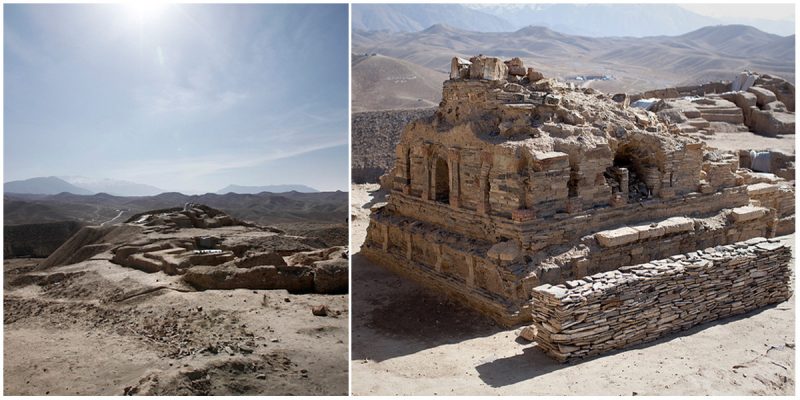Mes Aynak or “eye of copper” is a site 40 km south-east of Kabul, Afghanistan, located in a barren region of Logar Province.
The site contains the world’s largest copper deposit, which is a major revenue source for Afghanistan.
Aynak is of historical, cultural and spiritual importance to Afghans and Buddhists alike.
There are remains of an ancient settlement with over 400 Buddha statues, stupas, and a 40 ha monastery complex.
Archaeologists are only beginning to find remains of an older 5,000-year-old Bronze Age site beneath the Buddhist level and some of the artifacts recovered have dated back over three thousand years.
They have already unearthed manuscripts that may provide evidence regarding the presence of Alexander the Great’s troops.
Situated on a central point of the Silk Road, it is believed that Buddhism reached China via Mes Aynak.
The site has a mixture of elements from China, Iran, and India.
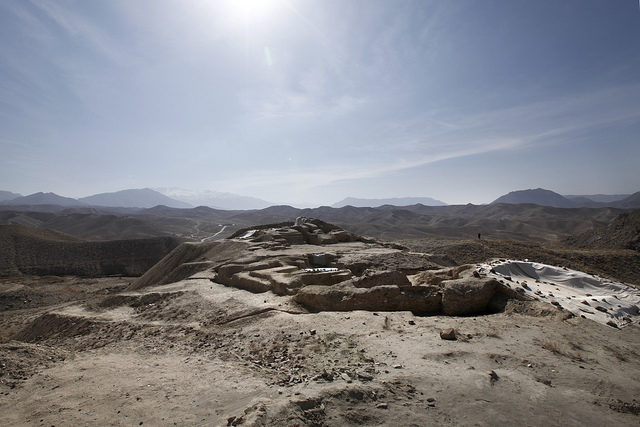
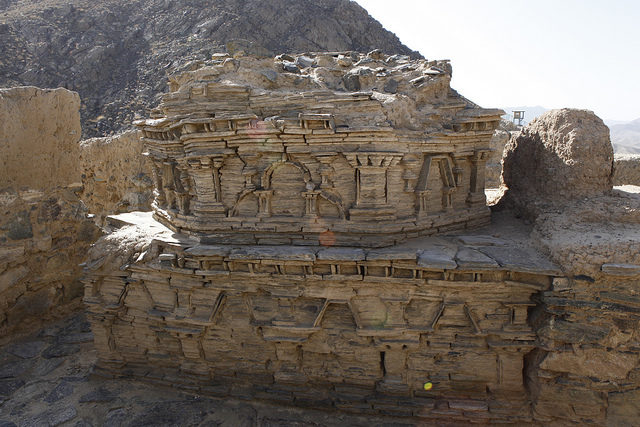
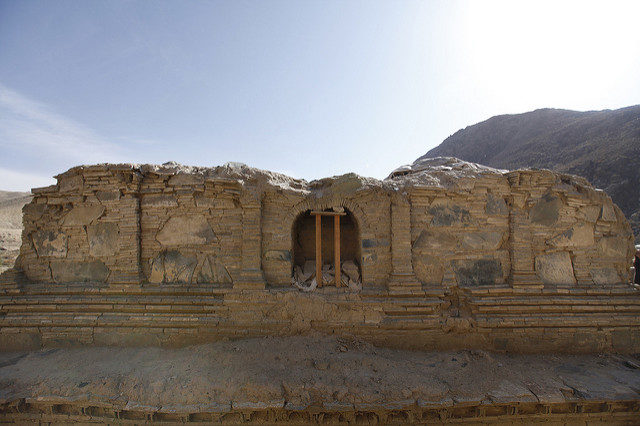
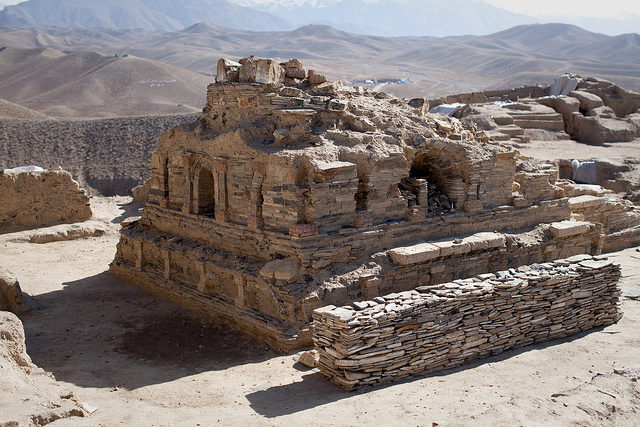
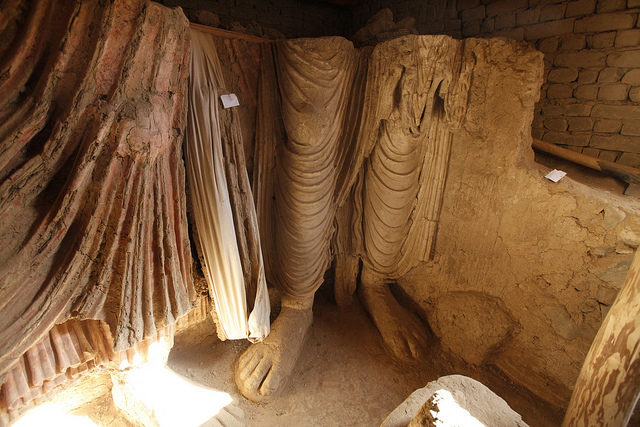
In 2008, a 30-year lease was granted for the copper mine to the China Metallurgical Group for US$3 billion.
Possibly the largest such deposit in the world, and potentially worth around five times the estimated value of Afghanistan’s entire economy.
The mine holds some six million tons of copper. The mine is expected to worth billions of dollars, and to generate jobs and economic activity for the country, but threatens the site’s archaeological remains.
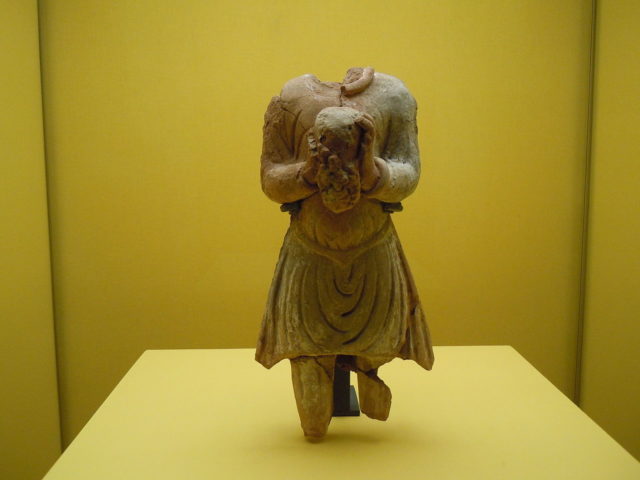
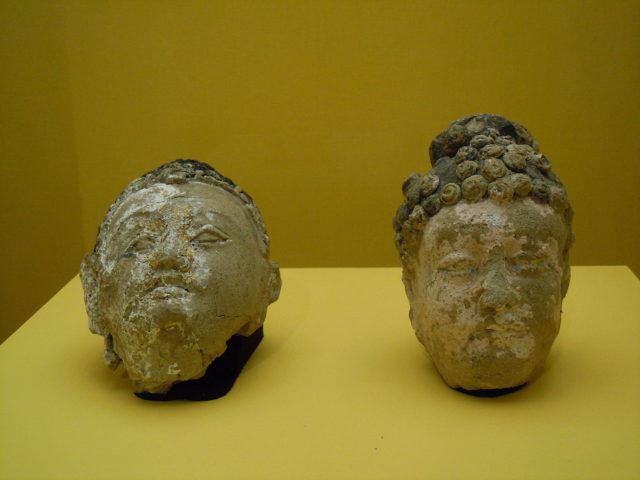
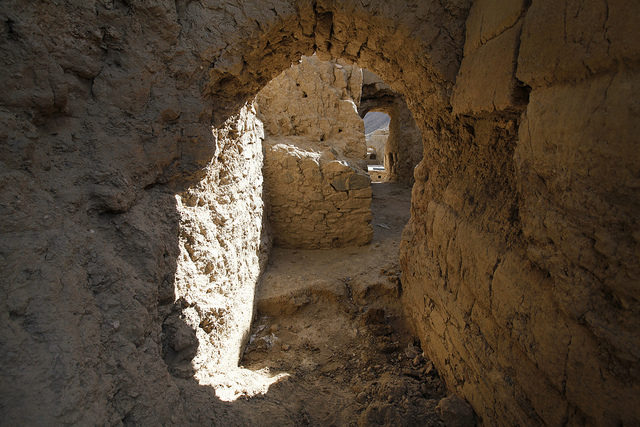
At the end of July 2012, the Buddhist ruins were scheduled to be destroyed, but for several reasons, this has been delayed.
The U. S. Embassy in Kabul has provided a million dollars of U. S. military funding to help save the Buddhist ruins.
The whole world witnessed how in 2001 the largest Buddha statue in the world, the Bamiyan Buddhas, fell to the ground and if Mes Aynak meets the same end it would be an absolute catastrophe.
